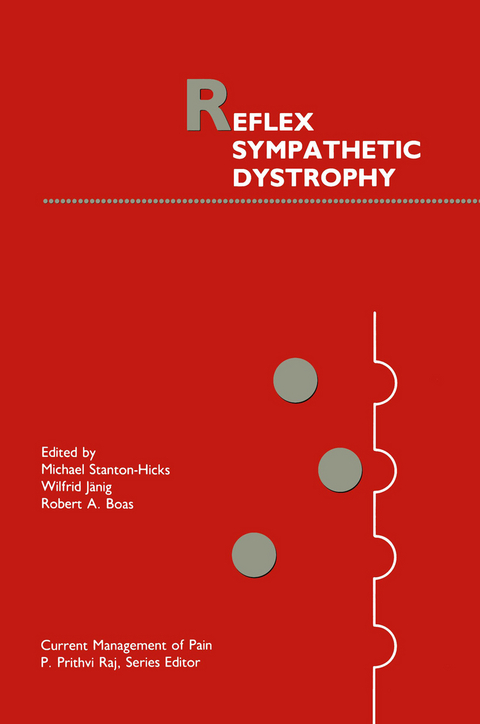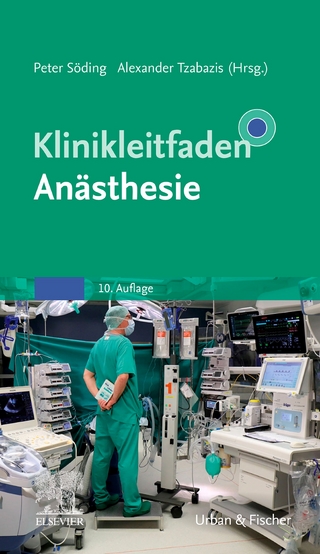
Reflex Sympathetic Dystrophy
Springer-Verlag New York Inc.
978-1-4612-8026-2 (ISBN)
Many new names have been proposed for these syndromes; recent ones include sympatheticallyornonsympatheticallymaintained pain. Taxonomy ofThe International Association for the Study ofPain lists causalgia and reflex sympathetic syndromes as two distinct entities. All clinicians seem to feel that pain relieved by a diagnostic sympathetic block should be labeled as causalgia or reflex sympathetic dystrophy. Similarly, numerous therapeuticmodalitieshavebeenproposed. Theyallcenteraround sympathetic denervation of some sort, pharmacologically, chemically, or surgically. Inspiteofagreatadvanceinourunderstandingofpainmechanism in the last quarter century, we are no closer to improving the outcome of patientswithsevere reflexsympatheticdystrophy. Etiologyand incidenceis xvi Serieseditorforeword still unclear. Diagnosis is made late and treatment is not standardized Clinicians whotreatcausalgiaandreflexsympatheticdystrophyhavedifferent treatmentsbasedupon their background and experience,ratherthan on the mechanism ofthesyndrome itself. ThetimeisopportunenowtogathersomeunbiasedthoughtsonRSDand clem- the air.
Our editors, in particular Michael Stanton-Hicks, needto be congratulatedfor organizing a timely symposium onthesubject and inviting international expertsto discuss the pathophysiology and treatmentofRSD. Whatfollowsinthismonograph isaclear,concisepresentationanddiscussion ofnomenclature, etiology, incidence, mechanism, treatment, and outcome of RSD.
Section I General Considerations.- 1. Reflex sympathetic dystrophy: Clinical features.- 2. Reflex sympathetic dystrophy: Incidence and epidemiology.- 3. Chronic pain mechanisms.- 4. Sympathetically maintained pain principles of diagnosis and therapy.- 5. Psychosomatic aspects of reflex sympathetic dystrophy.- Section II Basic Researches in Pathophysiology of RSD.- 6. Pathobiology of reflex sympathetic dystrophy: Some general considerations.- 7. Spinal hyperexcitability in sympathetically maintained pain.- 8. Neuropharmacologies aspects of reflex sympathetic dystrophy.- 9. Clinical and neurophysiological observations relating to pathophysiological mechanisms of reflex sympathetic dystrophy.- 10. Mechanisms and role of peripheral blood flow dysregulation in pain sensation and edema in reflex sympathetic dystrophy.- Section III Therapeutic Techniques in BSD.- 11. Sympathetic nerve blocks: Their role in sympathetic pain.- 12. Intravenous regional sympathetic blocks.- 13. Reflex sympathetic dystrophy — Neurosurgical approaches.- 14. Peripheral nerve stimulator implant for treatment of RSD.- 15. Psychological support of the patient with reflex sympathetic dystrophy.- 16. Reflex sympathetic dystrophy non-invasive methods of treatment.- 17. Multi-disciplinary management of reflex sympathetic dystrophy.- Section IV New Techniques.- 18. Three-phase bone scanning in reflex sympathetic dystrophy.- 19. An investigation of the role of clonidine in the treatment of reflex sympathetic dystrophy.- Summary Comments.- Proposed Definition of Reflex Sympathetic Dystrophy.
| Erscheint lt. Verlag | 26.9.2011 |
|---|---|
| Reihe/Serie | Current Management of Pain ; 7 |
| Zusatzinfo | XIX, 210 p. |
| Verlagsort | New York, NY |
| Sprache | englisch |
| Maße | 160 x 240 mm |
| Themenwelt | Medizin / Pharmazie ► Medizinische Fachgebiete ► Anästhesie |
| ISBN-10 | 1-4612-8026-5 / 1461280265 |
| ISBN-13 | 978-1-4612-8026-2 / 9781461280262 |
| Zustand | Neuware |
| Haben Sie eine Frage zum Produkt? |
aus dem Bereich


